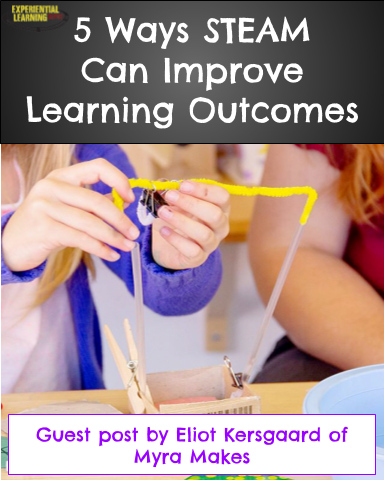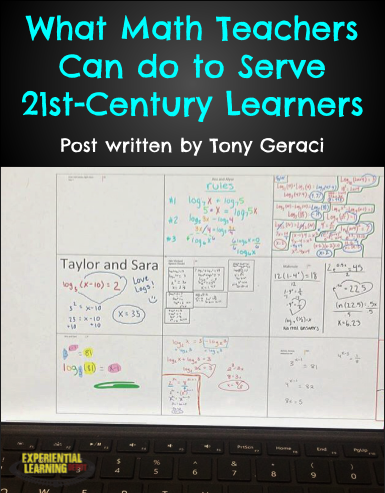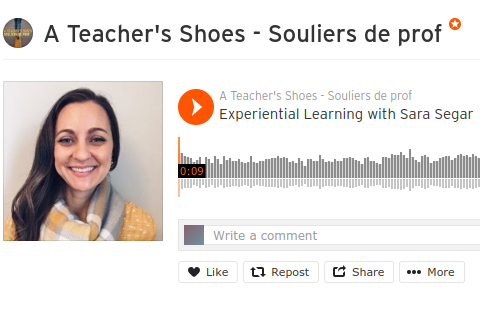|
I'm so excited to introduce Eliot Kersgaard from Myra Makes as my guest blogger this week! I've been interested in STEAM for a long time, but do not feel at all equipped at this point to write about it. I'm lucky to have connected with Eliot, a STEAM rockstar, who was kind enough to share his thoughts and expertise with us.
1 Comment
If you are an avid follower of my blog, you know by now that content isn't something that I talk about often, if ever. It's not because I don't believe content is important.
I was recently interviewed on the podcast, A Teacher's Shoes, on experiential learning and the profound impact I have seen it have on my students. I have seen learning through experience transform lives. Listen to the episode by clicking on the link below.
A Teacher's Shoes - Experiential Learning with Sara Segar |
Blog IntentTo provide innovative educational resources for educators, parents, and students, that go beyond lecture and worksheets. AuthorSara Segar, experiential life-science educator and advisor, curriculum writer, and mother of two. Categories
All
|





 RSS Feed
RSS Feed